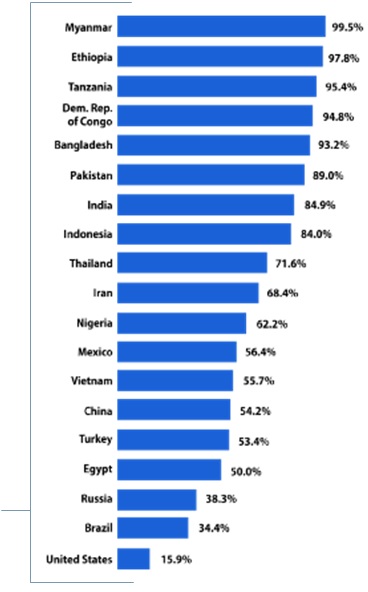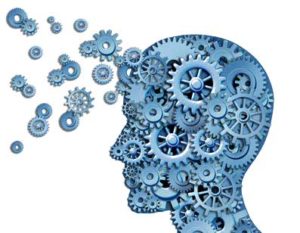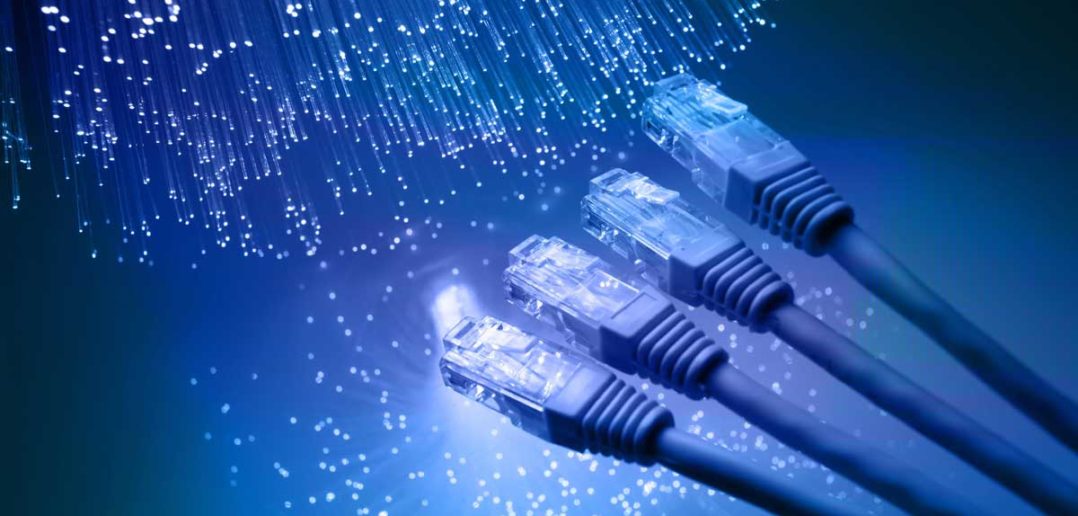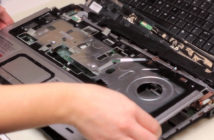Disruptive trends that will drive growth in wireless over the next 10 years
While smart-phone sales sound very impressive, they are the tip of the iceberg com- pared to what’s coming next.
The mobile and wireless industry is about to experience massive growth worldwide due to the rapidly increasing global Internet connection rate. This will have a signif- icant and surprising impact on local businesses over the coming years.
The Internet 2016 – 2021
 Of the 7.4 billion people in the world (2016), 4.4 billion do not have access to the Internet.
Of the 7.4 billion people in the world (2016), 4.4 billion do not have access to the Internet.
That means 60% of the world population has no connectivity to the Internet.
By 2021 60% of the world’s population should have Internet access, largely due to a spike in mobile Internet use.
The number of mobile data subscriptions will finally see the day they come close to matching mobile phone subscriptions in 2020.
This Washington Post chart lists the countries with the lowest Internet penetration
By 2025,the vast majority of the developing world will become connected.
When the world’s poor gain access to the web, we will see an astronom- ic rise in economic growth. A prime
example of this economic impact will debut the first-of-its-kind 5G network during the 2018 Winter Olympics in Korea. By the mid-2020s 5G will spread throughout the developed world.
Why is this important? An increase in Internet speed requires an increase in data usage, increas- ing the dependence on smart-phones. This increased usage and dependence on wireless tech will spur a new surge of wireless sales.
The Internet of Things (IoT)
Ubiquitous computing, the Internet of Everything, Internet of Things (IoT), they are all the same. At a basic level, IoT is a network designed to connect physical objects to the web, similar to how the traditional Internet connects people to the web through their computers and smart-phones.
The main difference between the Internet and IoT is
their core purpose. IoT, is designed to excel at allocating Internet resources—it is designed to “give life” to
inanimate objects by allowing them to work together, adjust to changing environments, learn to work better, and try to prevent problems.
McKinsey and Company, reports that IoT’s potential economic impact could range between $3.9 to 11.1 TRILLION a year by 2025, or 11 per cent of the world’s economy.




